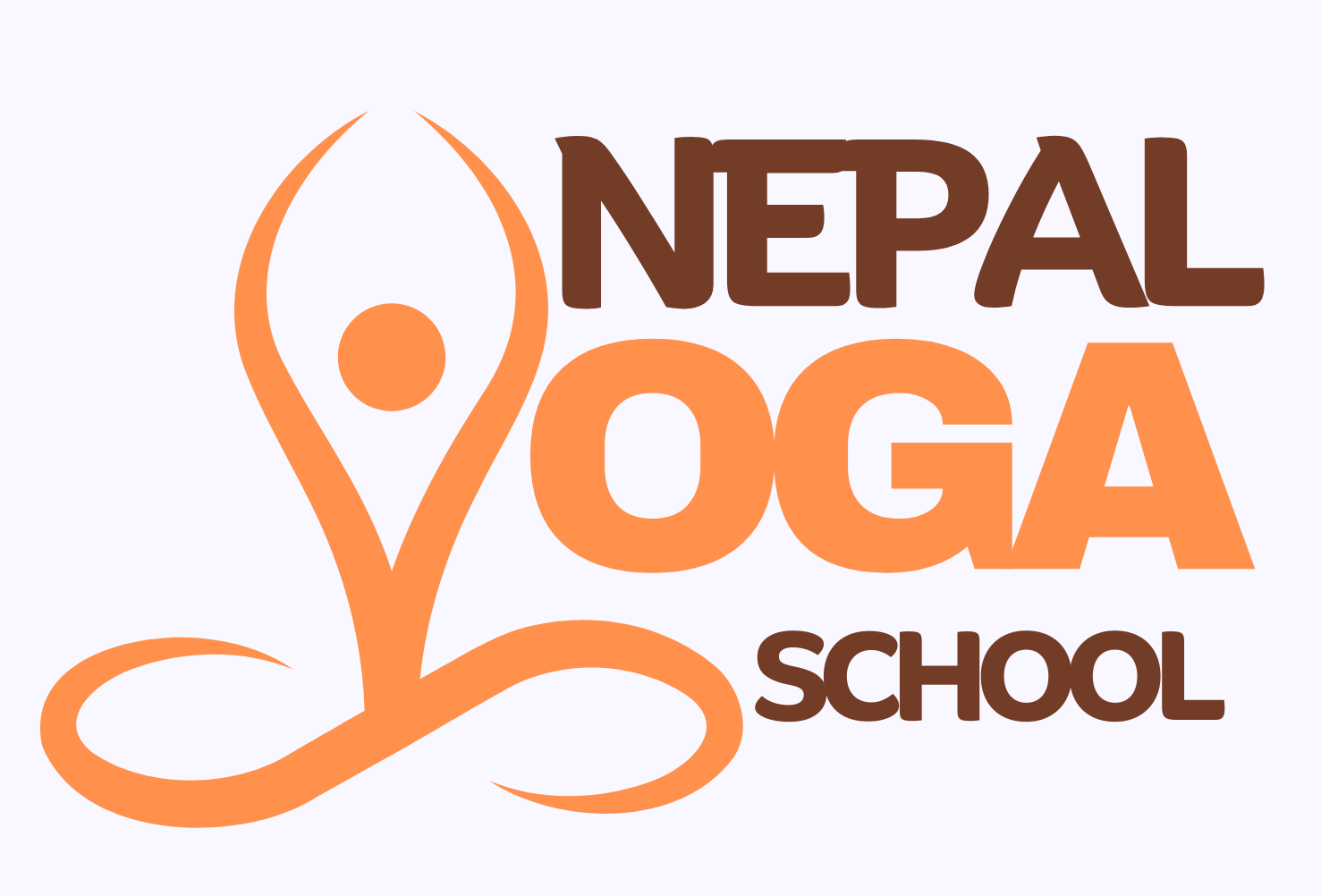Introduction
In our fast paced world, many search for ways to heal and restore balance. One of the most promising methods is Yoga as Medical Therapy. This approach to healing through movement isn’t just about stretching or sweating – it’s about reconnecting with the body’s natural rhythms and unlocking the inner healing potential that resides within each of us.
1. The Origins of Yoga as Medical Therapy
The journey of Yoga as Medical Therapy begins in ancient traditions where the union of body, mind and spirit was celebrated. Long ago, sages discovered that movement and breath had the power to restore balance. In those early days, practices that would later be known as Yoga as Medical Therapy were developed to help manage pain, increase flexibility and promote overall wellness.
Ancient texts and oral traditions passed down the knowledge that the human body is not separate from nature. The idea was simple: by moving our body with intention, we could harness the natural energy around us. Early practitioners used what we now refer to as Yoga as Medical Therapy to ease suffering and improve the quality of life, long before modern science caught on.
2. Scientific Principles Behind Healing Through Movement
Today, research has begun to validate these ancient practices. The science behind Yoga as Medical Therapy is rooted in the understanding of the nervous system and the role of the parasympathetic response. When we engage in mindful movement, our body activates relaxation pathways that help reduce stress and inflammation.
Scientific studies have shown that the deliberate movements in Yoga as Medical Therapy increase blood flow and oxygenation in the body. This improved circulation not only helps in the healing of tissues but also aids in detoxification. The rhythmic patterns of yoga practice, combined with controlled breathing, can lower cortisol levels – which in turn, creates a state of calm that is essential for healing.
Moreover, the meditative aspect of these practices helps quiet the mind. As the body relaxes, the brain shifts into a mode that is conducive to healing. This interplay between movement, breath, and meditation is what makes Yoga as Medical Therapy so powerful. It is a dance of biology and mindfulness that works gently but effectively.
3. How Yoga as Medical Therapy Enhances Physical Health
When we talk about healing, our physical body is often the first place to experience change. Yoga as Medical Therapy provides a framework for improving posture, flexibility, and strength. Imagine your body as a well tuned instrument that can fall out of tune with daily stresses. The gentle sequences practiced in Yoga as Medical Therapy help bring that instrument back into harmony.
For example, many asanas (poses) are designed to stretch and strengthen muscles that may be tight from modern sedentary lifestyles. These movements not only relieve pain but also stimulate the body’s natural healing processes. The improved circulation and muscle relaxation that comes from a consistent practice of Yoga as Medical Therapy can reduce the symptoms of chronic conditions like arthritis and back pain.
Additionally, regular movement increases the flow of lymphatic fluid, which plays a crucial role in immune function. By integrating Restorative Yoga as Medical Therapy into one’s routine, the body is better equipped to fend off illnesses and recover from injuries faster. It’s a holistic approach that treats the body as an interconnected system, where every movement counts towards a healthier, more vibrant life.
4. The Role of Breathwork and Meditation
Breathwork is the heartbeat of Yoga as Medical Therapy. In every yoga session, the breath acts as a bridge between the mind and the body. When we focus on our breath, we tap into a wellspring of energy and relaxation. Deep breathing techniques help to lower blood pressure and reduce anxiety, which are essential for overall healing.
Meditation, too, plays a critical role in Yoga as Medical Therapy. By quieting the mind, meditation allows the body to enter a state of deep rest and repair. It is like pressing a reset button, where the constant noise of daily life is replaced by the soft rhythm of a steady breath. This calm state is not only soothing but also encourages the body’s natural healing processes.
The combination of mindful movement, controlled breath, and meditation creates a powerful synergy. This trio is at the heart of Yoga as Medical Therapy, working together to bring about physical, mental, and emotional well being.
5. Incorporating Yoga as Medical Therapy into Daily Life
Bringing the principles of Yoga as Medical Therapy into daily life is simpler than it sounds. Even a few minutes of practice each day can make a big difference. Think of it like watering a plant – consistent, small amounts of care can lead to remarkable growth over time.
Start by setting aside a quiet space, even if it’s just a corner of a room. Lay down a yoga mat and allow yourself a few moments to breathe deeply and become aware of your body. Simple movements, like gentle stretches and forward folds, can be incredibly effective in setting a positive tone for the day. Integrating Yoga as Medical Therapy into your routine is about finding what works for you and being consistent, even on busy days.
Another practical tip is to incorporate short, mindful breaks throughout the day. These can be as simple as taking a few deep breaths at your desk, stretching your arms, or doing a few seated twists. These small actions are little gifts to your body, reminding it to slow down and care for itself. The principles of Yoga as Medical Therapy aren’t confined to a class or a session – they are a way of living that encourages constant awareness and self care.
Over time, these practices become a natural part of your daily rhythm. You start to notice improvements in your mood, energy levels, and overall health. This isn’t a quick fix, but rather a gradual transformation that leads to long lasting well being. The beauty of Yoga as Medical Therapy is that it adapts to your life, evolving with your needs and challenges.
6. Practical Tips for Getting Started
If you’re new to the concept of Yoga as Medical Therapy, here are some practical tips to help you begin your journey:
-
Start Small: Begin with short sessions of 10 to 15 minutes a day. Even if it feels like a tiny step, it’s a step in the right direction.
-
Focus on Breath: Make your breath the center of your practice. As you move, pay attention to the rhythm of your inhalation and exhalation.
-
Be Consistent: Consistency is key. Even on days when you feel tired, a brief session can be more beneficial than skipping entirely.
-
Listen to Your Body: Your body will tell you what it needs. If a movement feels too intense, modify it. The essence of Yoga as Medical Therapy is gentle healing.
-
Use Guided Sessions: There are many online resources and videos that can help guide your practice if you’re unsure where to start.
By following these tips, you can slowly build a practice that is uniquely yours. The goal is not to achieve perfection but to foster a habit that nurtures your body and mind every day. Remember, Yoga as Medical Therapy is about gradual progress and learning to enjoy the journey.
7. Challenges and Common Misconceptions
Despite the many benefits, there are still some common misconceptions about Yoga as Medical Therapy. Some believe that yoga is only about physical fitness or that it requires extreme flexibility. In truth, the practice is for everyone, regardless of age, shape, or physical ability.
Another challenge is the perception that yoga requires a significant time commitment or expensive equipment. On the contrary, Yoga as Medical Therapy is accessible – a simple mat, a bit of space, and the willingness to try are all you need. Its beauty lies in its simplicity and adaptability, making it an ideal practice even for those with hectic schedules.
There can also be misunderstandings about the purpose of the practice. While many see yoga as merely a workout, its deeper essence is about healing and mindfulness. The movements and postures are only one facet; the true power of Yoga as Medical Therapy lies in its capacity to restore balance, reduce stress, and promote overall wellness.
By addressing these challenges head on, more people can experience the transformative benefits of Yoga as Medical Therapy. It’s important to keep an open mind and recognize that the practice is as much about mental and emotional healing as it is about physical health.
8. Conclusion
In summary, the journey into healing through movement reveals the profound impact of Yoga as Medical Therapy: Heal, Restore & Thrive Through Its Transformative PowerThis practice bridges ancient wisdom with modern science, offering a holistic approach to well being that treats the body, mind, and spirit as one interconnected whole. Through mindful movement, controlled breath, and deep meditation, Yoga as Medical Therapy has the power to restore balance and promote healing in ways that conventional treatments sometimes miss.
Incorporating these principles into daily life is not about making dramatic changes overnight but about nurturing small, consistent habits that accumulate over time. With every stretch, every mindful breath, and every moment of stillness, you are investing in a healthier future. The beauty of Yoga as Medical Therapy is that it is accessible to all, adaptable to every lifestyle, and rooted in the simple truth that healing begins from within.
So, roll out your mat, take a deep breath, and embrace the journey of healing through movement. Let Yoga as Medical Therapy guide you towards a life of balance, strength, and inner peace. There’s a gentle power in every movement, a quiet revolution happening in the way our bodies heal – one mindful breath at a time.

